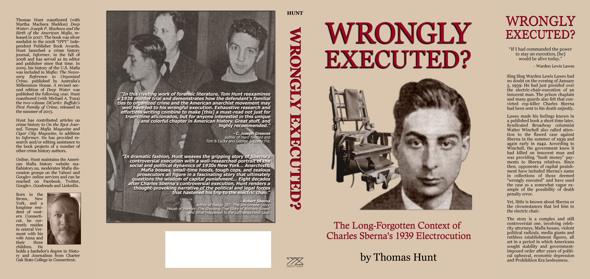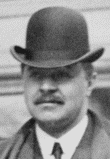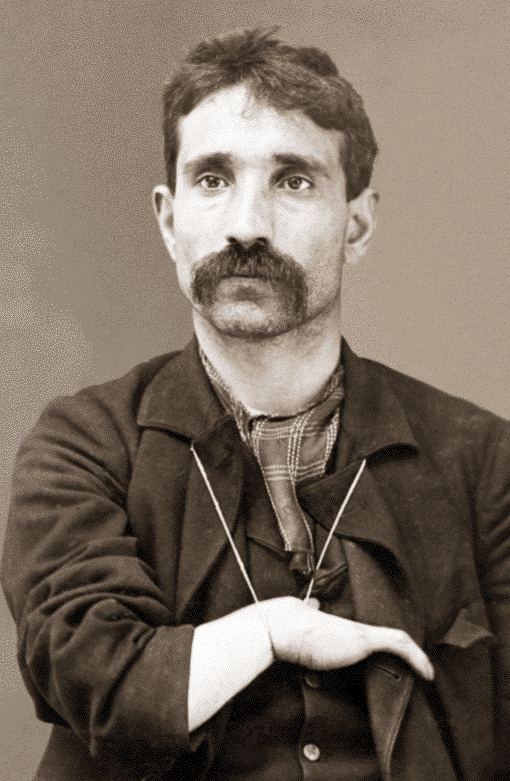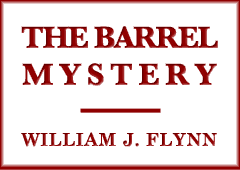In his book on The Barrel Mystery, legendary crime-fighter William Flynn discussed what he viewed as the two great organized outlaw elements in American society: violent political radicals or “Reds” and a growing Sicilian underworld organization he knew as “The Black Hand.” Flynn feared that the Red and the Black might someday combine to form “a mixed brand of terrorism… that would bring every decent citizen to shudder…”
The two elements did combine in the person of Charles Sberna. Son of a leftist radical who fled the U.S. to avoid punishment for orchestrating a series of bloody terrorist bombings, Sberna became the son-in-law of former U.S. Mafia boss of bosses Giuseppe Morello. Given that background and his own history of criminal and anti-social behavior, is it possible that Sberna was viewed with impartiality and a presumption of innocence when brought into court accused of killing a New York City police officer?
Sberna claimed to have had no role in the 1937 killing of Patrolman John H.A. Wilson or in the criminal activity related to that killing. Co-defendant Salvatore Gati admitted his own participation but insisted that Sberna was not present. Their jurors were unconvinced. Sberna and Gati were convicted of first-degree murder. Each took his turn in the Sing Sing Prison electric chair.
But there was something odd about the case: Sing Sing Warden Lewis Lawes had no doubt on the evening of January 5, 1939: He had just presided over the execution of an innocent man. The prison chaplain and many guards also felt that Sberna had been sent to his death unjustly.
Lawes made his feelings known in a published book a short time later. Syndicated Broadway columnist Walter Winchell called attention to flaws in the case against Sberna in the summer of 1939 and again early in 1942. According to Winchell, the government knew that District Attorney Thomas Dewey’s office had sent an innocent man to the chair and was providing “hush money” payments to Sberna relatives. Since then, opponents of capital punishment have included Sberna’s name in collections of those deemed “wrongly executed” and have used the case as a somewhat vague example of the possibility of death penalty error. Still, little is known about Sberna or the circumstances that led him to the electric chair.
The story is a complex and controversial one, involving celebrity attorneys, Mafia bosses, violent political radicals, media giants and ruthless establishment figures, all set in a period in which Americans sought stability and government-imposed order after years of political upheaval, economic depression and Prohibition Era lawlessness.
I first became aware of Charles Sberna’s story during research into U.S. capital punishment errors. Archived newspaper columns by Winchell revealed a tale worthy of retelling. Email conversations with publisher Rick Mattix relating to the startup of the On the Spot Journal of “gangster era” crime history led me to assemble an article on the Sberna case for the journal’s December 2006 issue. My decision to fully explore the Sberna case soon followed.
I examined court documents, the careers of prosecutors and elected officials, the history of law enforcement efforts against the early Mafia and the American anarchist movement, the questionable philosophies and courtroom tactics of D.A. Thomas Dewey and his assistants, and the known and suspected crimes of the men who might have participated with Gati in the murder attributed to Sberna. Much of what I found was deeply troubling.
A fair trial may have been denied to Charles Sberna. Given the mood of the time, the background of the defendant and the circumstances of the case, a truly fair trial may have been impossible.
The product of my research, Wrongly Executed? – The Long-Forgotten Context of Charles Sberna’s 1939 Electrocution, is now available in hardcover, paperback and ebook formats. For more information and purchase options, visit the Wrongly Executed? website: mafiahistory.us/wronglyexecuted/
(I wish to express my appreciation to Christian Cipollini, C. Joseph Greaves, Ellen Poulsen and Robert Sberna for their support and assistance on this project.)




